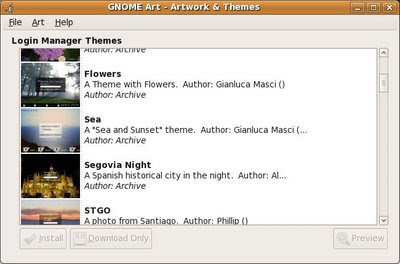In the latest Robert Walters' Global Salary Survey 2009, 3 new countries namely China, Switzerland and Thailand have been included from 2008 coverage in their download page.
Malaysian companies were found to be more cautious in their hiring strategy with slowdown in recruitment activity. This slowdown was particularly seen in the FMCG and manufacturing sectors while the telecommunications, IT and oil & gas sectors were less affected. It continues to be a favourite place for MNCs' business process outsourcing (BPO) particularly for accounting and finance sector. There is an increase demand for risk management professionals in financial services. High demand for technology services continues across the board, particularly in software development, system implementation, technology consulting, system administration, IT security and compliance.
Annual salary for permanent staff in some of the roles in Malaysia for the year of 2009 are found to be as follow:
- Accountant (3-5 years experience): RM42-66k
- Auditor (8 years experience): RM85k+
- Chief financial officer: RM250-460k+
- Finance director - large organisation: RM220-270k
- Finance director - small/medium organisation: RM180-240k
- CIO/CTO: RM320-380k+
- SAP consultant: RM100-120k
- Software development manager: RM95-110k
- IT security analyst: RM100-110k
- Software developer: RM55-65k
- Marketing director: RM240-300k
- Sales director: RM240-300k
- Product manager: RM90-96k
- Account manager: RM90-96k
The comprehensive report of Robert Walters Global Salary Survey 2009 covers the following regions:
- Australia
- Belgium
- China
- France
- Hong Kong
- Ireland
- Japan
- Luxembourg
- Malaysia
- New Zealand
- Singapore
- South Africa
- Spain
- Switzerland
- Thailand
- The Netherlands
- United Kingdom
- United States
You might probably also be interested to read on:















